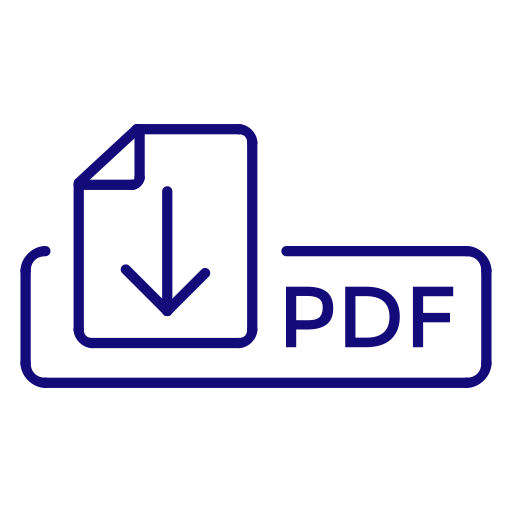

Tarlan E., Hoşafcı E., Bayramoğlu T. H., Koku H.
23rd World Hydrogen Energy Conference, İstanbul, Türkiye, 26 - 30 Haziran 2022, ss.83, (Özet Bildiri)
-
Yayın Türü:
Bildiri / Özet Bildiri
-
Basıldığı Şehir:
İstanbul
-
Basıldığı Ülke:
Türkiye
-
Sayfa Sayıları:
ss.83
-
Orta Doğu Teknik Üniversitesi Adresli:
Evet